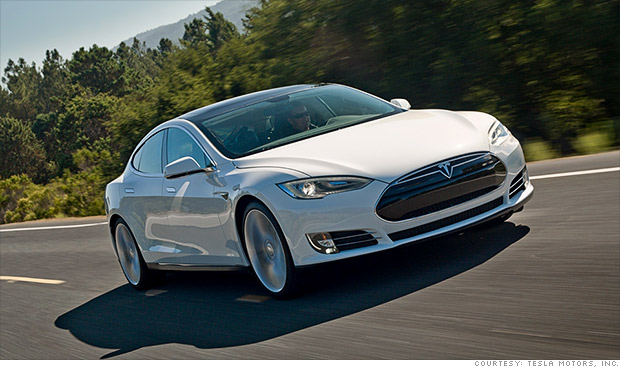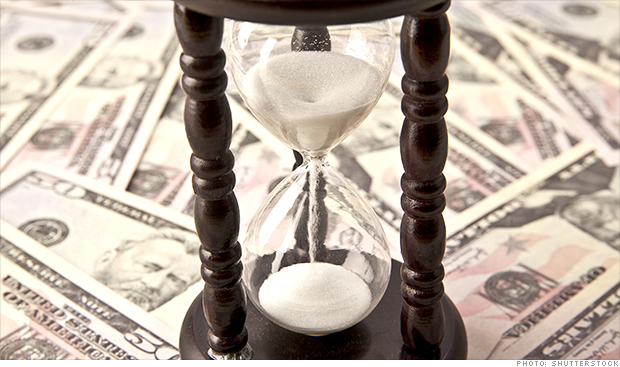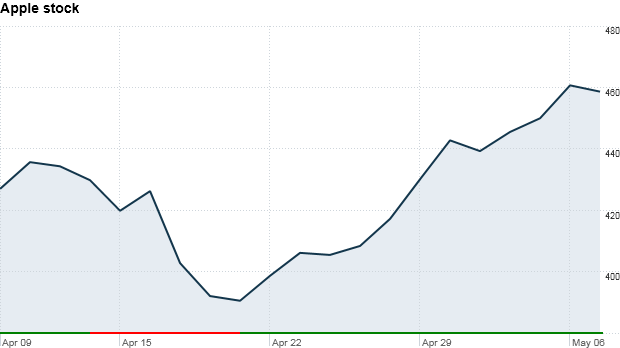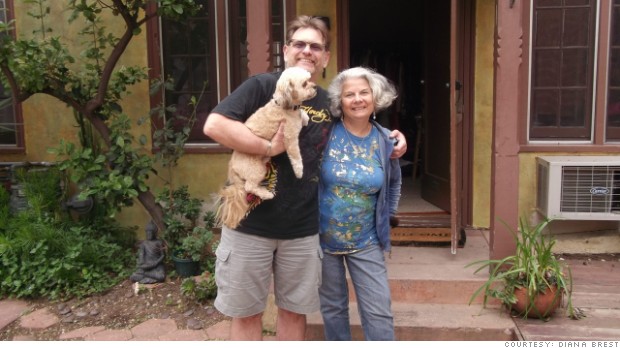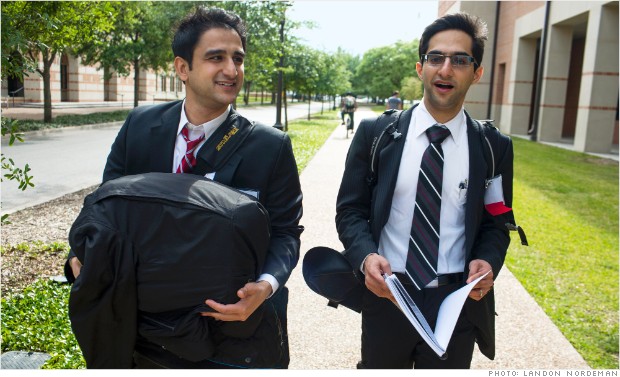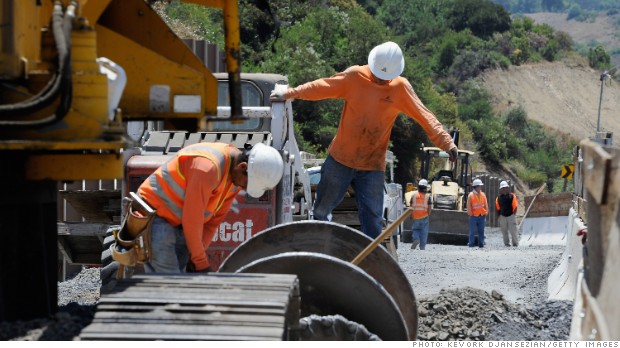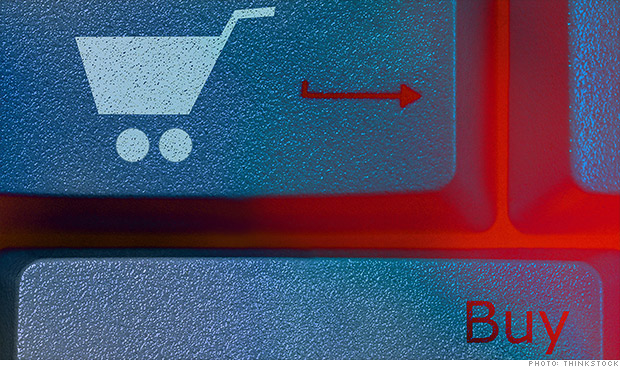
As the economy heats up, the bond market is at risk for a correction. Here's how you can limit the damage of a slow meltdown.
(Money Magazine)
With the benchmark 10-year note still paying below 2%, there's little room for yields to go anywhere but up. When that happens, bond values will fall.
A bubble, though, suggests a market set to burst at any moment. It's not likely soon. The Federal Reserve is committed to holding interest rates, and thus bond yields, low for at least two more years. As Pimco bond guru Bill Gross recently put it: "Armageddon is not around the corner."
Instead of a bubble popping, think of a block of ice gradually melting away. The economy is warming up again, albeit slowly. And while growth can be a boon for stocks, it's a hazard for bondholders.
Eventually a strong economy will allow the Fed to let rates rise and also draw investors away from the relative safety of bonds and into riskier opportunities. The market has already offered a preview of that: Since last summer, as the 10-year Treasury yield went from 1.4% to 1.9%, long-term government bonds lost 9%.
Related: 6 high-dividend, blue-chip stocks
Because of their razor-thin yields, Treasuries are the most exposed to rate shifts. Losses could easily spill over into the rest of your fixed-income portfolio, however. With the right strategy for each kind of bond you own, you can limit the pain without entirely giving up on yield.
TREASURIES
The risk: You hardly need a crystal ball to guess where Treasury returns are headed. The best predictor of future annualized returns for government bonds has been the current 10-year yield, says Doug Ramsey, chief investment officer at the Leuthold Group. So with a sub-2% yield, "you're in store for a very long period of disappointing results," he says.
And that's before inflation.
Consumer prices have thus far been tame, but pressure tends to build only after unemployment sinks below 7% and factory capacity tops 80%, says James Swanson, chief investment strategist for MFS.
At its current pace, the economy is likely to hit those thresholds by the end of this year. And even a modest 2.5% inflation rate would leave you with losses in real terms.
What to do: Shorten up. There are still plenty of dangers lurking in the U.S. and global economies (most recently Cyprus banks), so there's good reason to hold a ballast position in Treasuries, however paltry the returns. But bonds with longer maturities are risky now.
The "duration" -- a measure of interest rate sensitivity -- for the Vanguard Long-Term Treasury Fund (VUSTX) is more than 15 years, meaning a one-percentage-point rise in rates could lead to losses of around 15%. By comparison, the duration for the Vanguard Short-Term Treasury (VFISX) is only about two years.
CORPORATES
The risk: As income-starved investors raced into these bonds last year, the difference in yield between high-quality corporates and Treasuries collapsed from nearly three percentage points in late 2011 to 1.3 points, a near-record low.
"Corporate bonds are now exposed to higher interest rate risk," says Carl Kaufman, manager of the Osterweis Strategic Income Fund.
The strengthening of the economy has reduced credit risk -- the possibility of a company's missing its coupon payments. Don't be complacent, though. As companies have grown more confident, they've been adding more debt to their balance sheets. And today's low yields mean you aren't getting much as a reward for taking the added credit risk of lending to a private company instead of Uncle Sam.
What to do: First, diversify. A simple way to reduce credit risk is to hold the debt of lots of different companies -- for instance, by buying a mutual fund instead of an individual bond.
Related: Understanding different types of bond funds
The only problem with this approach is that it limits your options for managing interest rate risk. One classic reason to buy individual bonds is that you can plan to hold on to them until they mature and pay off their full value. That way it's easier to ignore day-to-day price swings brought on by rate changes.
A relatively new kind of exchange-traded fund lets you combine the advantages of a fund and individual bonds. They invest in a collection of similarly dated bonds and hold them to maturity, after which your original investment is returned to you.
You can easily "ladder" these bond funds, matching maturities to the dates when you'll want to tap the money. For instance, with $25,000 to invest, you can put $5,000 each into Guggenheim BulletShares Corporate ETFs maturing in: 2015 (BSCF), 2016 (BSCG), 2017 (BSCH), 2018 (BSCI), and finally 2019 (BSCJ). That will give you a slightly lower duration than an intermediate-term bond fund.
HIGH-YIELD
The risk: The average yield of a junk bond -- one with a great enough chance of defaulting that it gives investors a fat payout -- is about 5.8%. So a rise in benchmark interest rates isn't the main worry here.
"The bigger threat is deteriorating credit," says Anthony Valeri, fixed-income strategist for LPL Financial.
As with high-grade bonds, a stronger economy is making companies more aggressive and willing to let financial strength slip. That's a much more serious problem with bonds already in the junk zone.
Earlier this year Standard & Poor's reported more credit downgrades of junk bond issuers than upgrades for the first time since the financial crisis. Leveraged buyouts -- in which companies pile on lots of debt to finance acquisitions -- are staging a comeback too. Emboldened issuers have even been reducing contractual protections for their bondholders, says Thomas Carney, fixed-income manager at Weitz Funds.
What to do: Improve your credit quality. Stick with a fund that keeps at least 80% of assets in bonds rated B, BB, or higher. Fidelity High Income (SPHIX), with an average yield of 4.8%, fits the bill and has beaten most of its peers over the past five and 10 years.
MUNICIPAL BONDS
The risk: As the economy has grown, state government tax receipts have increased for 11 consecutive quarters, so credit risk is less of an issue with munis than it was a few years ago.
But that means yields have fallen, and interest rate risk has risen. After accounting for the tax breaks municipal bondholders enjoy, the effective yield on a high-quality 10-year muni (for an investor in the 28% bracket) is down to about 2.6%.
At such high prices and low rates, "munis will move more in lockstep with Treasuries than they have in recent years," says LPL's Valeri.
What to do: Trim your stake by about five to 10 percentage points. "There are other opportunities in the taxable market that give you similar types of after-tax returns with less interest rate risk," says Jack Chee, senior research analyst at Litman Gregory Asset Management.
For instance, he points to Kaufman's Osterweis Strategic Income (OSTIX), which can invest in a variety of types of bonds. The fund holds a fair share of high-yield debt, but Kaufman takes little interest rate risk, currently holding duration at 2.7 years. When the Fed finally decides to turn up the heat, that approach should help investors keep their cool. 
You can't hide when rates rise
When interest rates spike really sharply -- like the two-point rise in 1994 -- all kinds of bonds hurt.
| Total return in 1994 | |
| Long-term Treasuries | -7.6% |
| Municipal bonds | -5.2% |
| Intermediate-term corporates | -2.7% |
| Intermediate-term Treasuries | -1.8% |
| High-yield bonds | -1.0% |
Source: Morningstar
First Published: May 3, 2013: 6:35 AM ET

![]()
